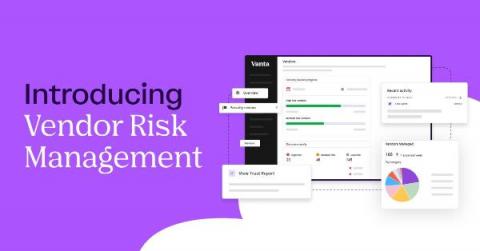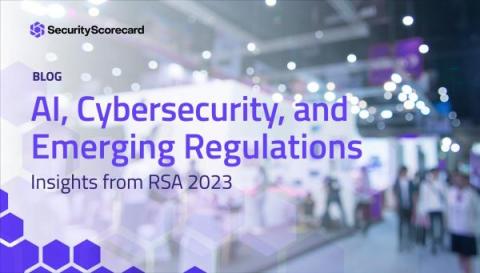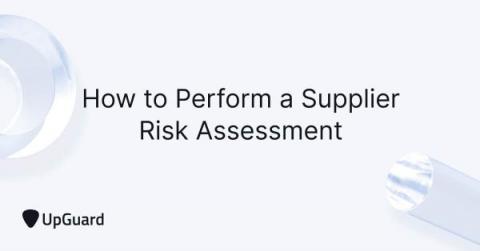Security | Threat Detection | Cyberattacks | DevSecOps | Compliance
Risk Management
Shine a Light on Shadow IT: Vanta Launches Category-First Vendor Risk Management Solution
Cybersecurity Risk Mitigation: Understanding the Limitations of Reducing a £2 Million Risk
Zero day remediation tips: Preparing for the next vulnerability
Businesses increasingly run on software, which, unbeknownst to its developers, can contain vulnerabilities that attackers often discover and exploit before a patch is available. This makes zero day attacks inevitable, but you can reduce their impact in your network and across your supply chain if you’re prepared to act fast.
A Mere Five Percent of Vulnerable Enterprises Fix Their Issues Every Month: How to Help Them Do Better?
Software vulnerabilities are one of the leading threats to an organization's cybersecurity posture, yet recent research from Bitsight reveals that enterprises affected by software vulnerabilities resolve them at a typical compound rate1 of only about 5% per month compounded continuously. However, there is evidence of much faster remediation for certain classes of vulnerabilities.
A new way to proactively manage third-party risk: Vendor Risk Management
Businesses are using more SaaS applications than ever, with an average of 110 apps per organization. This proliferation of third-party applications means increasingly more customer and employee data is handled by external vendors. Ensuring your third-party vendors are secure by tracking risk, conducting reviews, and responding to issues is a security best practice and compliance requirement. Unfortunately, this process is often a manual — and expensive — one.
AI, Cybersecurity, and Emerging Regulations
The SecurityScorecard team has just returned from an exciting week in San Francisco at RSA Conference 2023. This year’s theme, “Stronger Together,” was meant to encourage collaboration and remind attendees that when it comes to cybersecurity, no one goes it alone. Building on each other’s diverse knowledge and skills is what creates breakthroughs.
5 Reasons to Implement Third-Party Risk Management Software
How to Mitigate Supply Chain Attacks
Cybercriminals are sneaky. They know that the weakest link in an organization’s cyber defenses is its supply chain. In fact, supply chain attacks are now the avenue of choice for hackers. Consider the facts.









